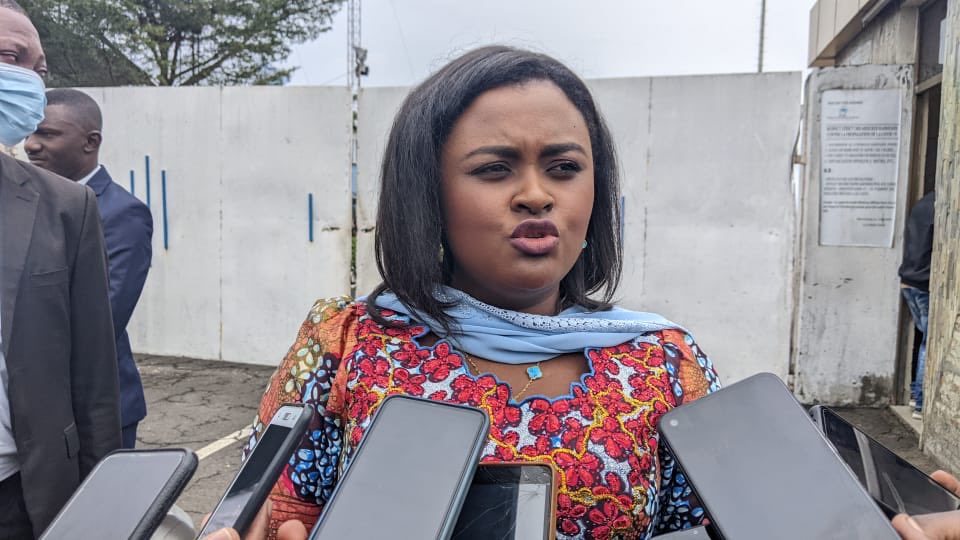Regional
Surely, EAC can’t afford another political crisis in Burundi
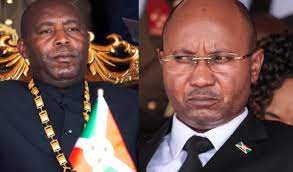
Reports
of a suspected coup by some ‘senior leaders’ plotting to overthrow Burundi's
President Evariste Ndayishimiye were cause for concern throughout August.
The simmering
tension eventually boiled over in September. While addressing government
officials in the capital, Gitega, on September 2, Ndayishimiye warned “some
individuals” for threatening to overthrow his government. No names were
mentioned. But, by and large, the general public in and outside the country, at
least had one ‘suspect’ and, it would not take long before things became a
little bit clear, and scary.
Ndayishimiye’s
warning came after video clips circulated on social media showing the country’s
then Prime Minister, Alain-Guillaume Bunyoni, a hardliner under U.S. sanctions
for his alleged role in political repression, talking about “individuals who
are backbiting” instead of telling things straight away. There were growing
concerns of a possible feud between the Prime Minister and the President due to
an alleged power struggle.
When
Ndayishimiye took over power in June 2020, he promised to restore the rule of
law, accountability and fight against impunity. He vowed to fight corruption
but some in his powerful inner circle, it is reported, never liked his way of
doing things.
An
urgent plenary, a new Prime Minister
On
September 7, an urgent plenary was convened at the National Assembly. Lawmakers
approved the appointment of erstwhile Security Minister, Gervais Ndirakobuca,
as new Prime Minister, replacing Bunyoni. Ndirakobuca was unanimously approved,
by show of hands, with 113 lawmakers. No one voted against the motion.
“The
President of the Republic proposed Gervais Ndirakobuca to be the Prime Minister.
President has the mandate to choose who he wants to work with,” said Gelase
Ndabirabe, the Speaker of the National Assembly, said before lawmakers approved
the new Prime Minister.
Bunyoni’s
cabinet chief Gen. Gabriel Nizigama, was also sacked and replaced by Col. Aloys
Sindayihebura who was, until then, in charge of domestic intelligence in the
National Intelligence Service.
About
two years earlier, in June 2020, Burundi's Parliament approved the nomination
of Bunyoni as Prime Minister, then filling a new position of head of government
created in the 2018 constitution. At the time, Bunyoni's nomination was backed
by an overwhelming majority – despite the session being boycotted by the
opposition. Before then, Bunyoni was minister of public security, and had
previously also headed the national police. Just like Bunyoni, in 2015,
52-year-old Ndirakobuca was hit by European and US sanctions for allegedly
"silencing those opposed" to former president Pierre Nkurunziza's
third term bid.
But
all that is in the past now.
The
present, and the future, are decorated with patterns of uncertainty. And, though it is too early to tell how things
will end, there is cause for concern. With time, the fate – and, perhaps,
personality traits – of Bunyoni, a senior figure in the ruling CNDD-FDD party,
and some of his followers, will reveal more.
Further
tension not good for region
Since
gaining its independence, in 1962, Burundi has had its fair share of chaos, the
recent being in 2015, after a failed coup to overthrow then President Pierre
Nkurunziza that plunged the country into unrest.
But
who would benefit from added trouble in a region where neighbours, DRC and
Rwanda, are not seeing eye to eye and South Sudan is still wrestling internal
strife? If the tension in Burundi does not end, the East African Community
(EAC) will worry, among others, about the country’s internal political strife
and another refugee crisis especially given the current hard global economic
situation. Since 2015, more than 400,000 Burundian refugees and asylum-seekers
fled the country due to rights abuses and political uncertainty. Tanzania
hosted the largest number, more than 254,000 refugees. Close to 90,000 fled to
Rwanda and another 44,000 to DRC and some 40,000 to Uganda. Smaller numbers
fled to Kenya, Zambia, Mozambique, Malawi and South Africa.
The
region could also face a surge in human trafficking cases. Figures from the
International Organization of Migration show that more than 1,000 Burundian
victims were identified in 2017, most being refugees.
Rwanda
whose relations with Burundi soured in 2015 when Kigali was accused of
harbouring some Burundian coup plotters will be wary of problems in Gitega. The
two neighbours have since worked to mend ties and neither would benefit if
things went south again.
Ndayishimiye
is the current EAC Summit Chairperson, a position he assumed in July 2022. He
pledged to deal with the problem of insecurity in the region. As the EAC
confronts multiple challenges in its effort to tackle insecurity in eastern DRC
– not forgetting South Sudan’s regular flirtations with collapse – the
Burundian leader will, undoubtedly, not want his country to dampen the
prospects for regional prosperity.
Political
tension in his backyard will be a major set-back in delivering his commitments
in the region.
Insecurity
and political tension also restricts trade. Instability in Burundi would
discourage trade and investment in the region. Investors would see the region
as unstable and intra-EAC would also suffer. Worse still, the region, similar
to many parts of the world, has yet to fully recover from the socio-economic
decline caused by the Covid-19 pandemic and the Ukraine crisis. Regional
economies are suffering and can’t afford another crisis.


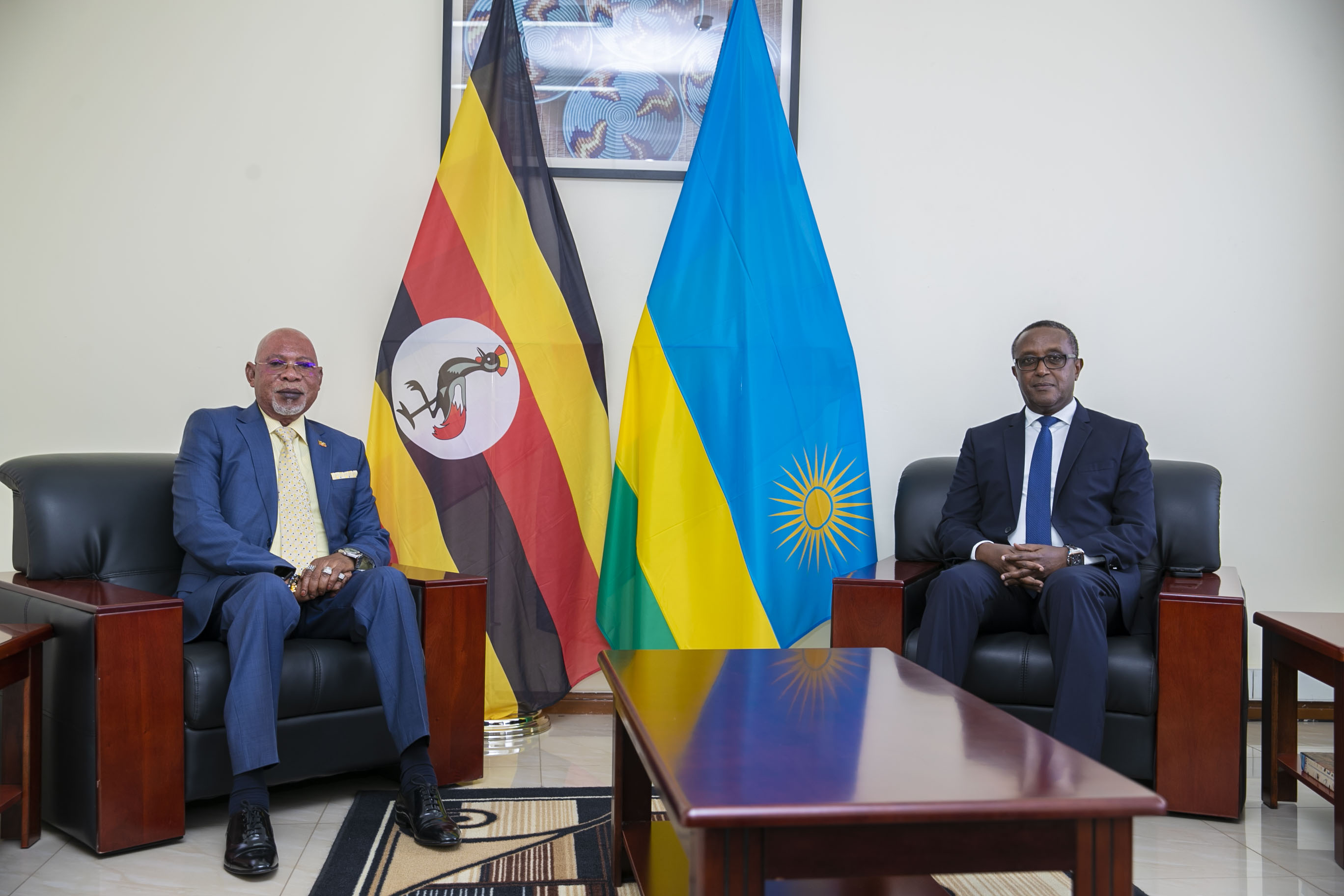
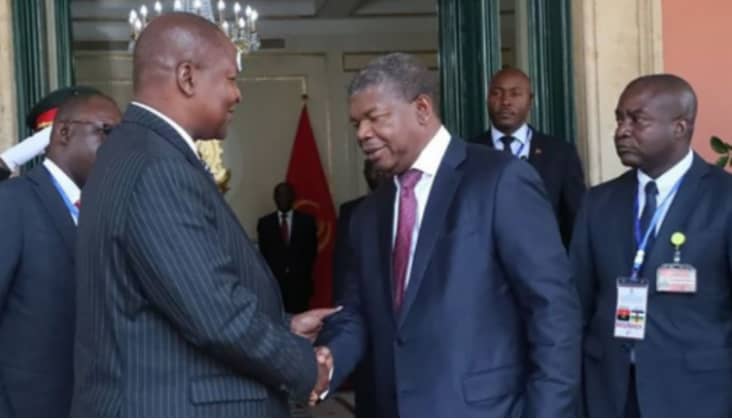
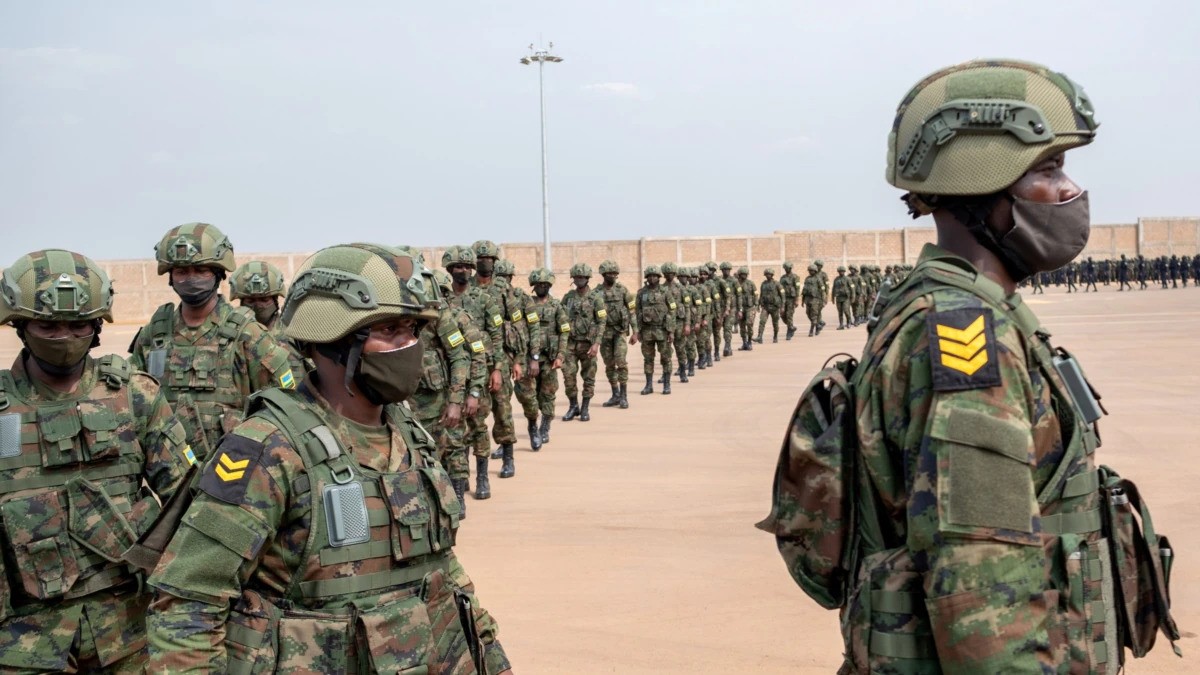
.jpg-20220901012416000000.jpg)
